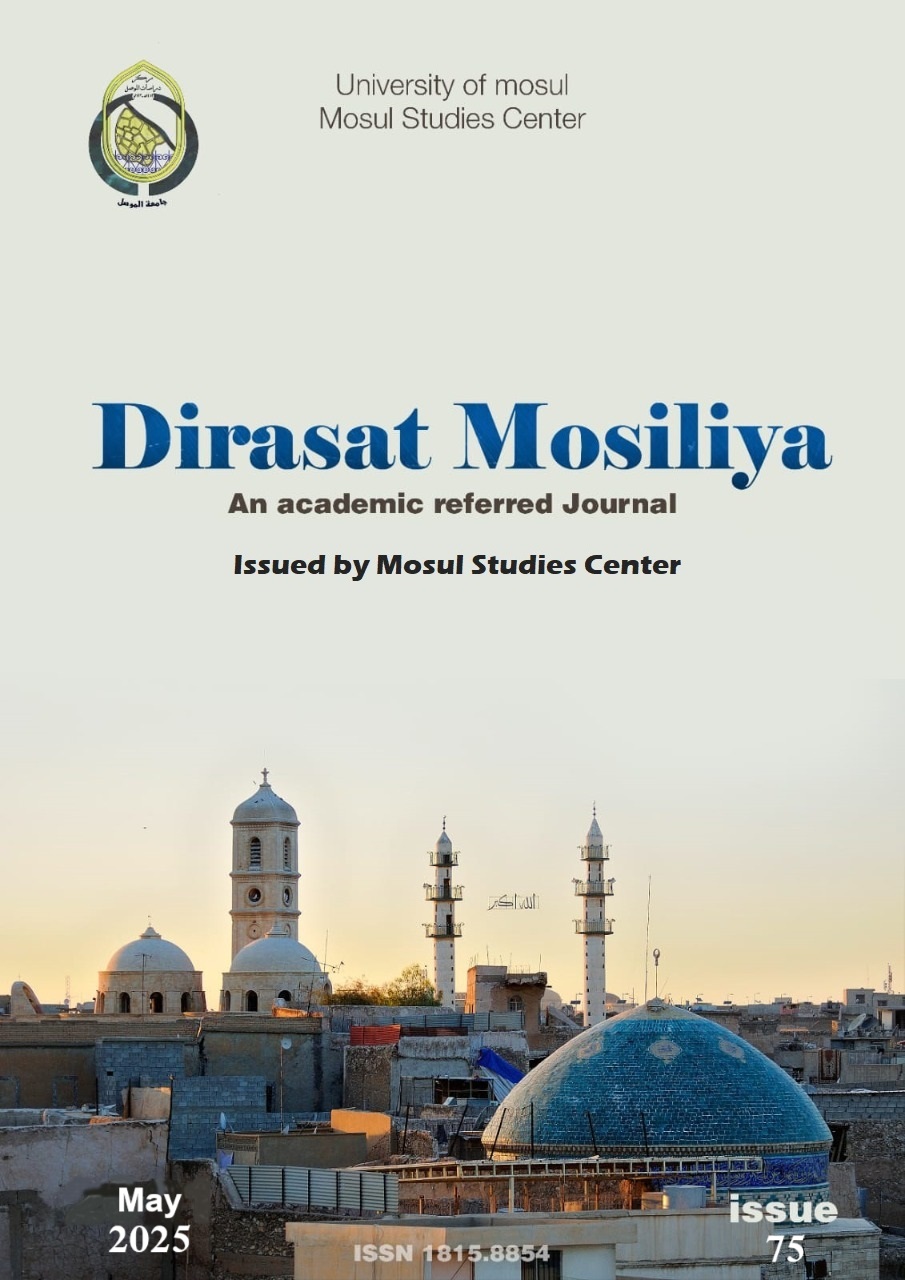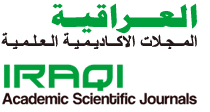Impact of Syriac Scholars from Al-Djazīra Region In aspects of the march of Islamic civilization
Abstract
In embodiment of the requirements of the invitation to participate in the proceedings of the Fifth Scientific Conference organized by the Mosul Studies Center, whose lofty goals and objectives include a responsibility to shed light on the heritage and civilization of Al-Djazra region. From the march of Islamic civilization), which the researcher seeks to draw the attention of the conferees towards the impact of a group of scholars from an authentic sect that, in turn, has adorned the historical map of Al-Djazra in golden and prosperous eras. The research aims to clarify the impact and role of the Syriac scholars from Al-Djazra in the march of the Arab peace civilization and their clear contributions, especially in the era of its shining in (eighth, ninth and tenth centuries AD), by studying and researching those contributions, effects and scientific roles in the fields of judgment and transfer sciences and what their minds produced And what their thought left a cultural and scientific heritage because this topic deserves attention. The importance of the research lies in the fact that it deals with the giving and efforts of an important and authentic Al-Djazra component that has its history and impact on the cities of Al-Djazra region, and to show that the contributions made by its sons of scientists in the fields of rational sciences during the successive eras of Arab and Islamic enlightenment is not a small or extraneous contribution, but rather It is a genuine and abundant contribution, and a contribution that stems from the originality of this element and the ancient existence in the land of Al-Djazra in which it flourished, and that its vital and constructive fields covered wide areas of sciences and wise knowledge such as philosophy, logic, medicine, engineering and astronomy, just as it covered large areas of literature, knowledge and the arts. The research is divided into an introduction and four axes, as the first axis comes to give; A descriptive geographical overview and a historical summary of Al-Djazra Peninsula region during the period specified by the conference as a framework for research, which is the era of brightening and empowerment of the Arab Islamic civilization. As for the second axis, it comes to be known as the Syriac, indicating; Their cultural identity, the level of their human interaction, their scientific mission, and their relationship with Muslims within the prosperous state of Islam, with a mention of their most prominent cultural centers on Al-Djazra. As for the third axis, it comes to know a select group of Syriac scholars from Al-Djazra, highlighting their scientific backgrounds, their intellectual doctrines and their geographical spread in Al-Djazra, with an explanation of their scientific impact and role. However, the fourth axis comes as a review of their material effects such as schools, centers and libraries, and their scientific and cultural heritage, whether it is in the field of medicine, philosophy and logic, or in the fields of literature and language, as well as in the fields of arts and other knowledge. In dealing with the subject under study, the researcher relied on the role of Syriac scholars from the islanders, following the historical descriptive approach, which takes into account the relationship between the studied phenomena and the geographical and cultural environment that led to its emergence and nurtured its prosperity. Perhaps it is superfluous to point out that the researcher, while presenting the research, does not assert that he has covered all the Syriac scholars whom Al-Djazra had produced in the bright ages of the Islamic civilization, and all the sciences in which they excelled.




